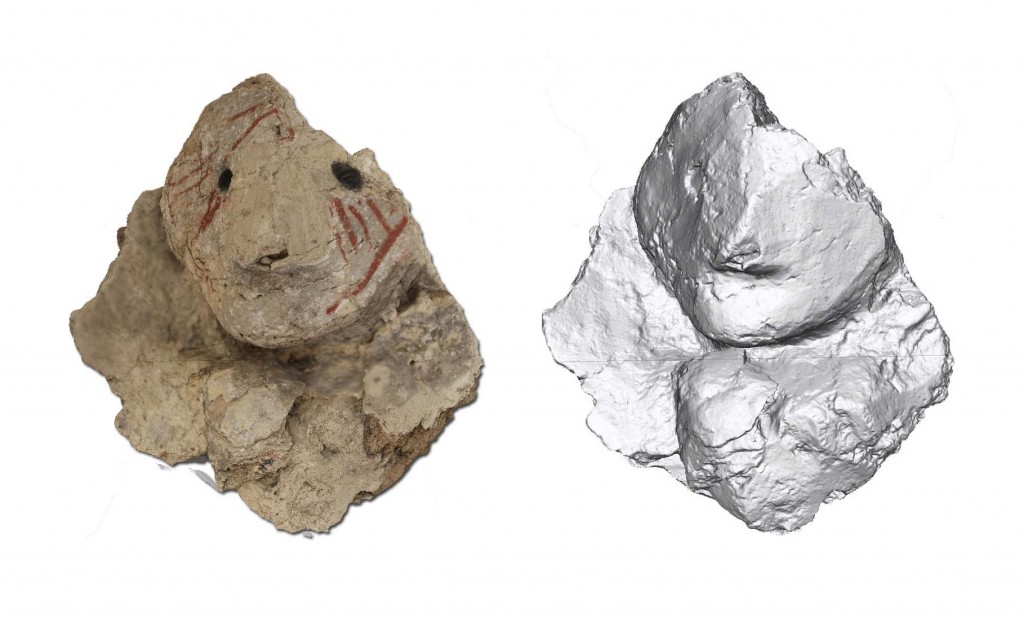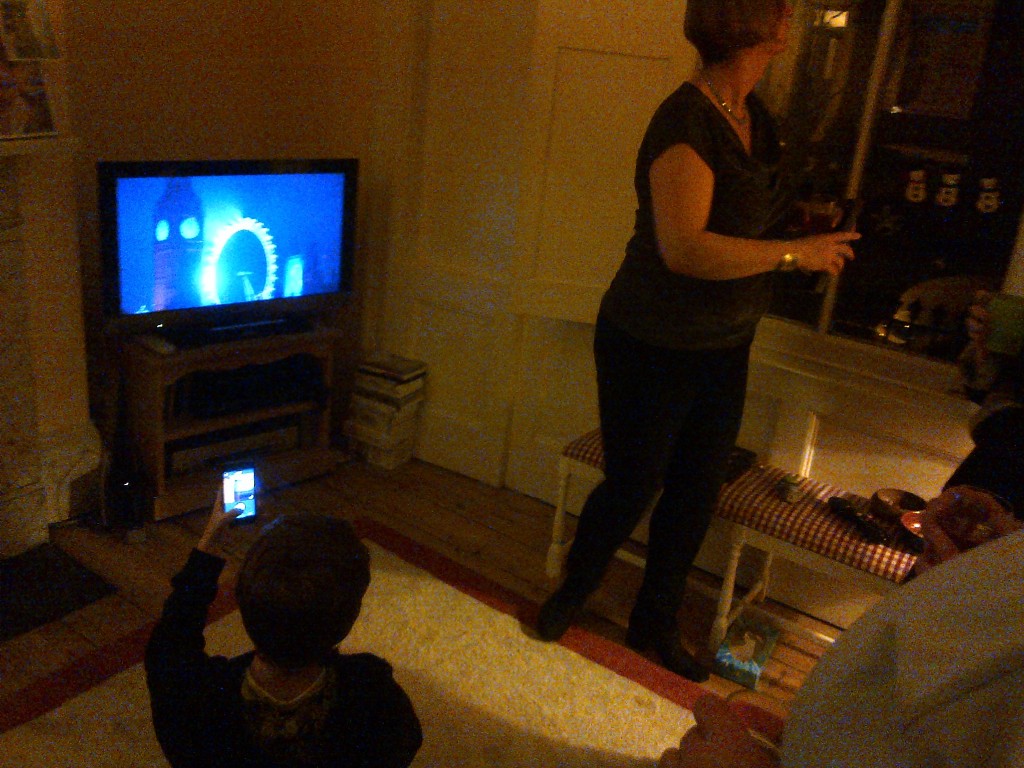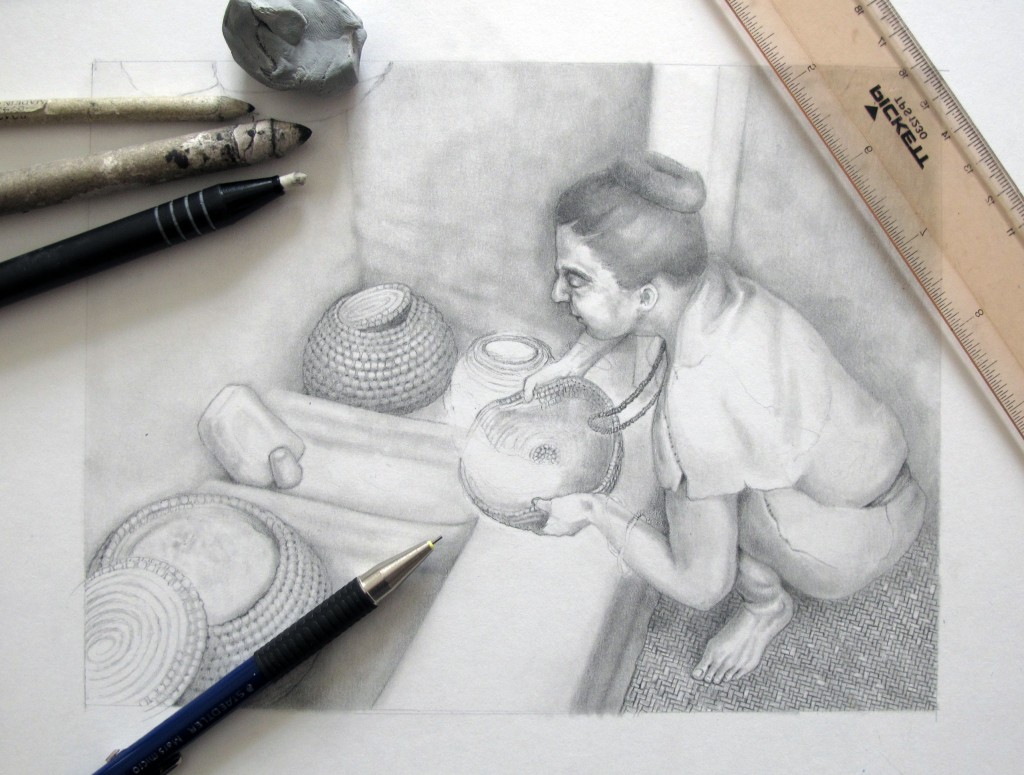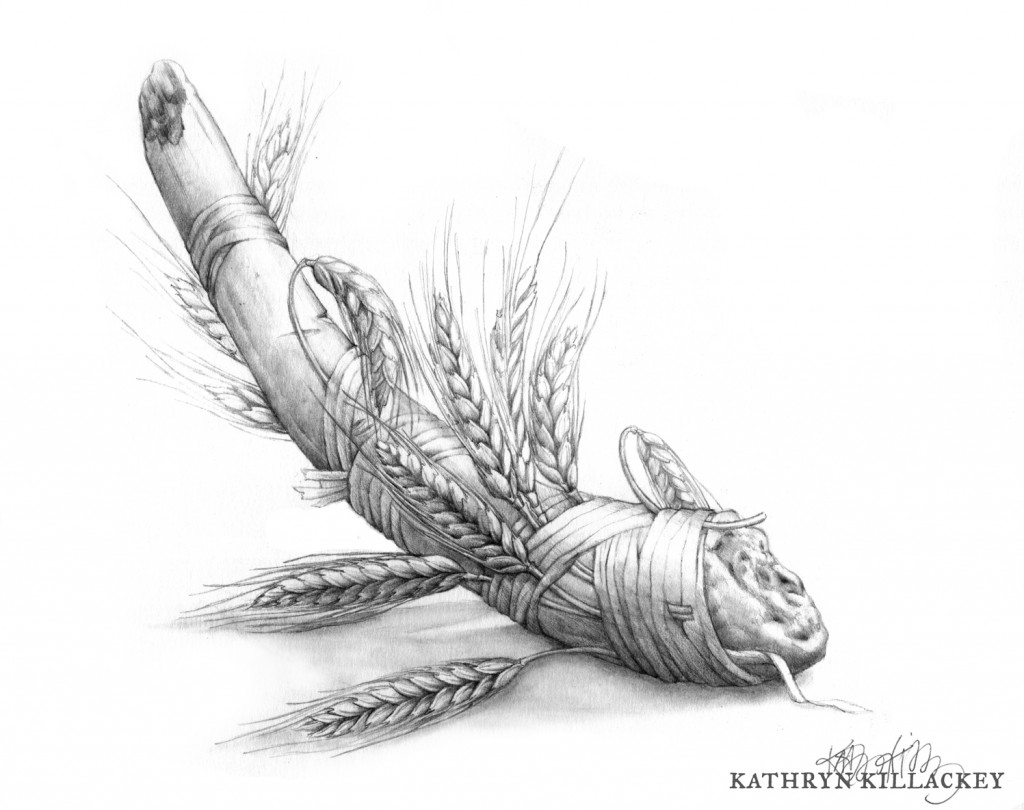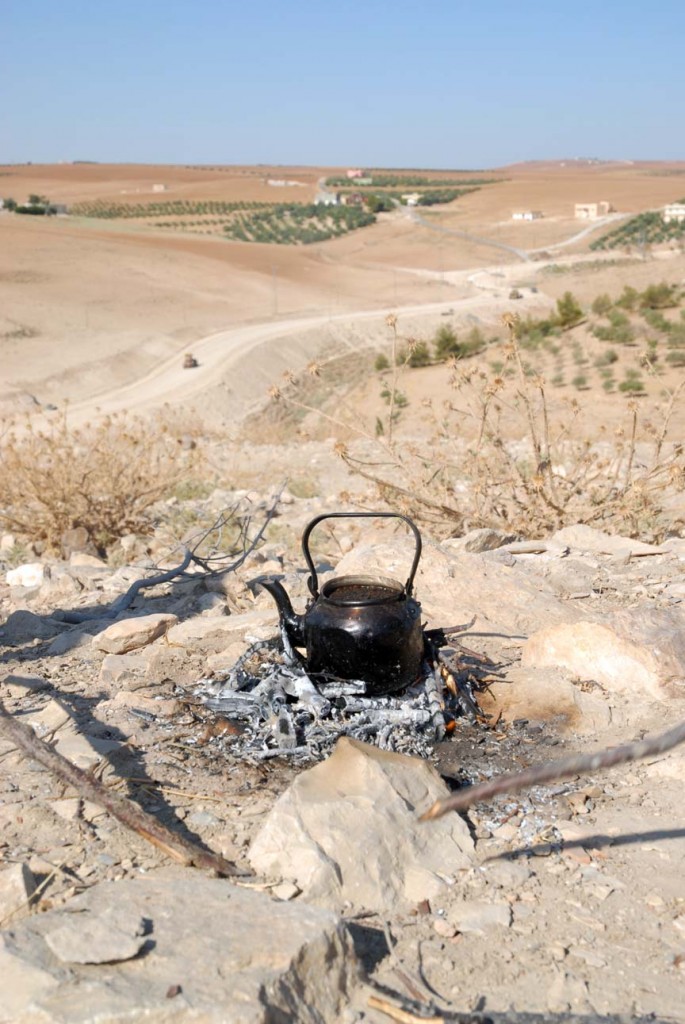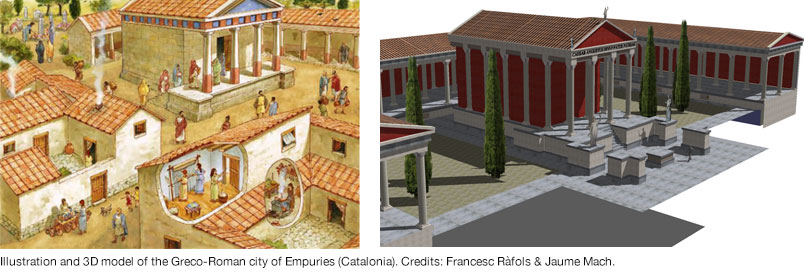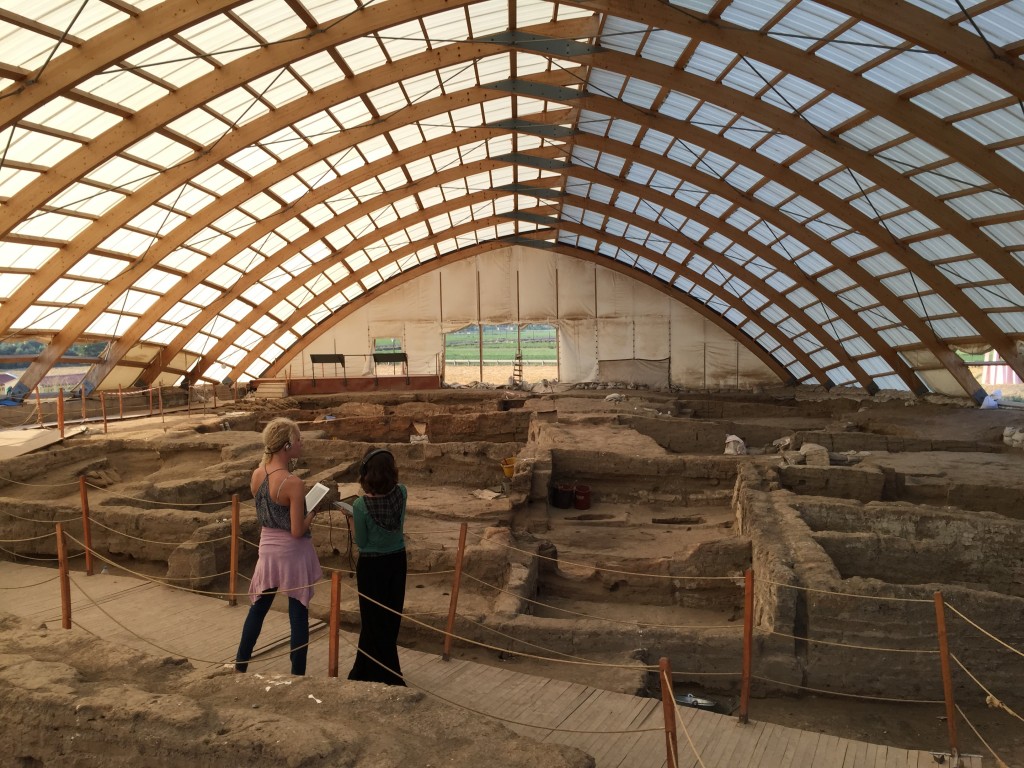By Kathryn Killackey (Killackey Illustration and Design)
This post is part of this month’s analog/digital series and the second post discussing my work as an archaeological illustrator in relation to analogue and digital media. In the previous post I outlined my mostly analogue workflow with some digital skeuomorphs and explored the differences between illustration and 3D modeling. Here I’d like to share some ways I’ve recently expanded my use of the digital in my workflow and explored a constructive interplay between the digital and analogue.
I am the site illustrator for Çatalhöyük, a Neolithic archaeological site in Turkey. I started working there in 1999 as an archaeobotanist, and since 2007 I’ve been the project’s illustrator. Every summer I spend about two months drawing artifacts and recording on-site features. Over the years I’ve seen the project transition from entirely analogue recording to a mix of digital and analogue, until it has become almost entirely digital in some trenches. At this point the project employs tablets, laser scanners, and even drones. Dr. Maurizio Forte’s team from Duke University and Dr. Nicoló Dell’Unto from Lund University have spent the last several years testing these digital technologies on site. Until recently my work has mostly been unaffected by this transition to digital, I’ve carried on with my analogue workflow on a parallel track (see my earlier post for some advantages to analogue media in illustration). But over the last couple years several situations have arisen where I have had to re-evaluate my approach and consider integrating some of these new digital methods.
For example, this past summer I was tasked with illustrating a large, fragile lump of molded plaster in the shape of a head with painted ochre designs. I sat in front of the head with all my drawing tools laid out, picked up my pencil, and stopped. The plaster feature had already been 3D modeled by Dr. Dell’Unto and photographed by site photographer Jason Quinlan from every angle. What was my analogue pencil and paper drawing going to record that these other digital methods hadn’t already? Why illustrate?
